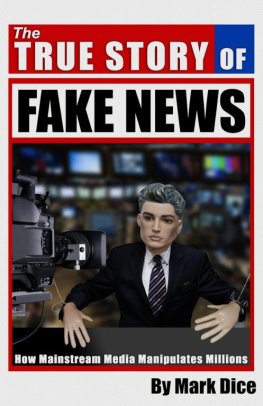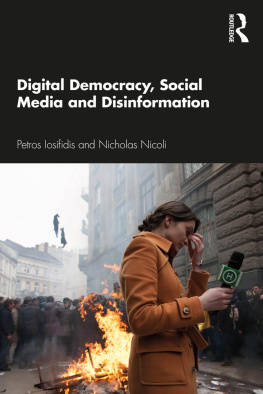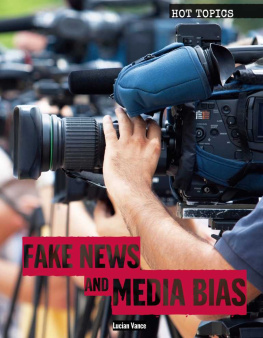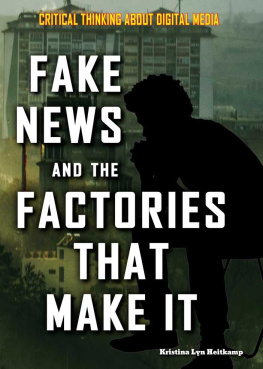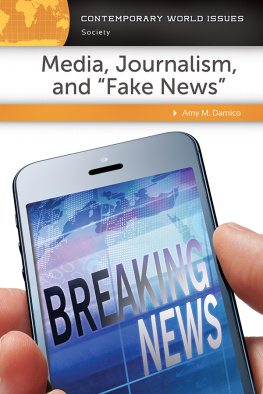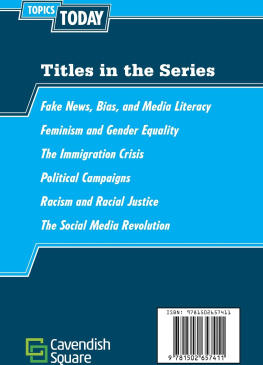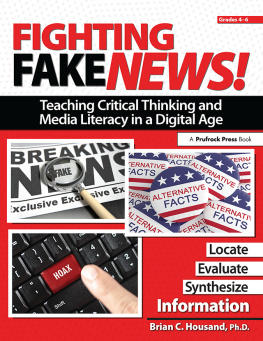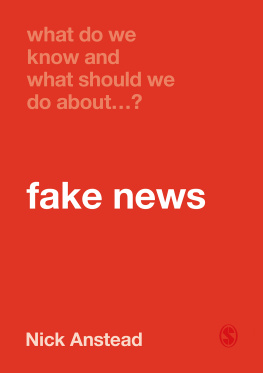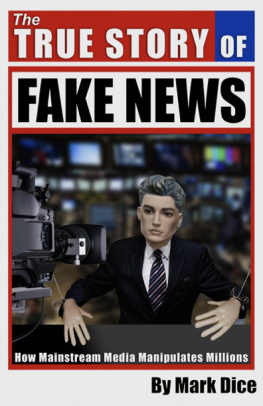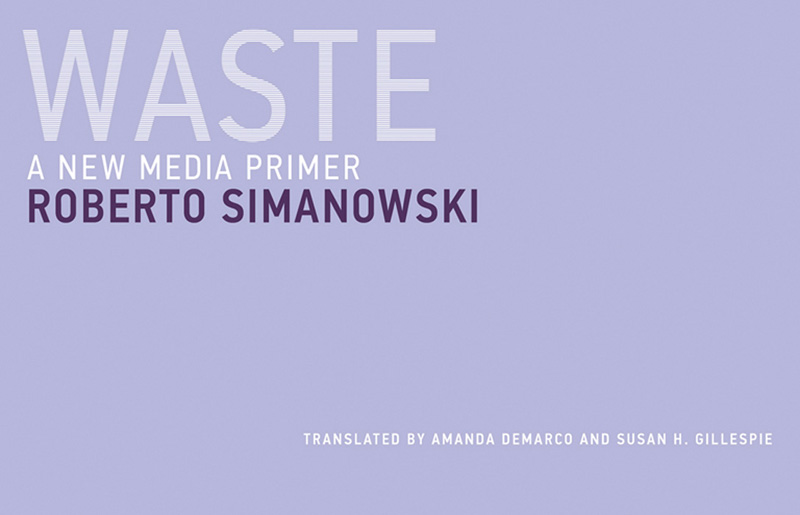Untimely Meditations
1.The Agony of Eros
Byung-Chul Han
2.On Hitlers Mein Kampf: The Poetics of National Socialism
Albrecht Koschorke
3.In the Swarm: Digital Prospects
Byung-Chul Han
4.The Terror of Evidence
Marcus Steinweg
5.All and Nothing: A Digital Apocalypse
Martin Burckhardt and Dirk Hfer
6.Positive Nihilism: My Confrontation with Heidegger
Hartmut Lange
7.Inconsistencies
Marcus Steinweg
8.Shanzhai: Deconstruction in Chinese
Byung-Chul Han
9.Topology of Violence
Byung-Chul Han
10.The Radical Fool of Capitalism: On Jeremy Bentham, the Panopticon, and the Auto-Icon
Christian Welzbacher
11.German Philosophy: A Dialogue
Alain Badiou and Jean-Luc Nancy
12.Portrait of the Manager as a Young Author: On Storytelling, Business, and Literature
Philipp Schnthaler
13.Waste: A New Media Primer
Roberto Simanowski
14.The Death Algorithm and Other Digital Dilemmas
Roberto Simanowski
This translation 2018 Massachusetts Institute of Technology
First published as Abfall: Das alternative ABC der neuen Medien in the series Frohliche Wissenschaft by Matthes & Seitz Berlin: Matthes & Seitz Berlin Verlagsgesellschaft mbH, Berlin 2017.
All rights reserved. No part of this book may be reproduced in any form by any electronic or mechanical means (including photocopying, recording, or information storage and retrieval) without permission in writing from the publisher.
This book was set in PF DinText Pro by by Toppan Best-set Premedia Limited. Printed and bound in the United States of America.
Library of Congress Cataloging-in-Publication Data is available.
ISBN: 978-0-262-53627-1
eISBN: 978-0-262-35029-7
ePub Version 1.0
Table of Contents
Guide
Acknowledgments
This book draws considerable inspiration from Andreas Huyssen's reflections on the stylistic form of the miniature, Miniature Metropolis: Literature in an Age of Photography and Film (2015), as well as his writings on postmodern philosophy and cultural techniques of remembering.
Waste: An Introduction
The development of the new mediamedia that produce digital data, save it, present it, and transfer it; that is, the Internet everyone was talking about in the late 1990scan be characterized in terms of waste and by-products, dissent and decline. The first way to interpret the title of this book is the Internet as a by-product of ARPANET (Advanced Research Projects Agency Network), and ARPANET of MILNET (Military Network). As is so often the case in the history of media, the new is nothing but a by-product of military development.
It began on October 4, 1957, when the Soviet Union shot Sputnik into space, demonstrating its technological progress to its potential military opponent the United States. On January 7, 1958, the Pentagon reacted with the founding of DARPA (Defense Advanced Research Projects Agency), an agency for the advancement of military research. To increase the capacities of the participating institutes, in 1969, DARPA connected the mainframe computers of four universities (the Stanford Research Institute; the University of Utah; the University of California, Los Angeles; and the University of California, Santa Barbara) to form the Advanced Research Projects Agency Network. More universities joined in to support the Defense Departments research, so that by 1983, around five hundred computers were connected to each other via ARPANET.
Civilian use of this war technology began unofficially when people began to use the mailing lists (which had been created for ARPANET as a central means of communication) to talk more about sci-fi films than military research. Thats why the Pentagon separated the secret MILNET from ARPANET in 1983, leaving the latter for public use, which at first was limited to providing all university faculty with email access. When the National Science Foundation made what was by then called the Internet accessible to the public in 1990, online services such as AOL, Yahoo, Amazon, and eBay began to commercialize it. The key technical terms of this development included Telnet, Usenet, FTP (file transfer protocol), TCP (transmission control protocol), and WWW (World Wide Web), which linked the documents of the Internet in a user-friendly way with hypertext technology starting in 1991, as well as Mosaic, the web browser that allowed graphics and interactive elements to be incorporated into websites beginning in 1993.
The rest is history. Since then, the by-product that is the Internet has influenced all areas of individual and social life. Communication, knowledge acquisition, identity formation, friendships, shopping, watching television, listening to music, planning a vacation, going on vacation, sharing the photos we take on vacation nothing is the way it used to be. On January 24, 2013, the consequences of 1957s Sputnik shock were established as a new legally protected right: according to a decision by the German Federal Court, the Internet has become a medium that decisively influences the lives of a majority of the population, and whose absence is strongly felt in everyday life, meaning that those who deprive someone of it can be held liable for damages.
It could only have come to this because effective waste management was arranged very early on. Under the martial name SpamAssassin, a filter program got rid of spam and junk mail, which had quickly become a central component of communicative noise after the popularization of email and the Internet. Reliable algorithms were necessary to keep communication in the new medium at least somewhat manageable. SpamAssassin and its predecessor filter.plx had been seeing to that since 1997. But that was just the beginning of the management. The future of SpamAssassin also includes getting rid of humanity, because garbage disposal in the realm of communications is the first exercise for artificial intelligence.
The software learns to recognize patterns based only on spam, until it is finally able to sort the good emails into your inbox and the bad ones into the trash. All current and future algorithmic analysis and regulation, all of the fantasies of intelligent refrigerators, self-driving cars, and learning robots that fascinate or frighten us today have their beginnings here. SpamAssassins more dangerous little brother is called the death algorithm, which will decide in cases of emergency if a vehicle should crash into a group of pedestrians, a mother and child, or the wall of a building. This makes moral philosophy a central factor of automotive production, because in the future our vehicles will behave according to the ethics programmed into their software.
The phenomenon of self-learning software leads to the next waste aspect of the new media: garbage in, garbage out! In other words, the quality of the input determines the quality of the output. For example, in spring 2016, Microsofts AI chatbot Tay attempted to learn from people on Twitter. After just a few hours of interaction, @TayandYou was sending racist and sexist tweets and had to be removed from the web. Bad company is a bad influence on artificial intelligence as well. But what happens if you change the bots nursery? What if you teach them political correctness and social empathy before letting them loose among strangers? Then could they be our friends?
An example of this would be the personal assistant Google Now, which (almost simultaneously with the misconduct of Microsofts chatbot) expressed its condolences to a user about the death of his father six years before in Nizza when said user wanted to look at his images from Nizza that he had saved in Google Photos. Google Now knows things like this from Gmail, and it reacts in this way because this is how it was programmed. Thrilling philosophical implications can be extrapolated from this anecdote: what happens when artificial intelligence (in the form of a chatbot such as Tay, Google Now, Siri, Jibo, or the algorithm in your car), under the moral control of its programmers, is the source of high-quality contributions to social communication? Instead of being a bad influence on people, can artificial intelligence also improve us?


